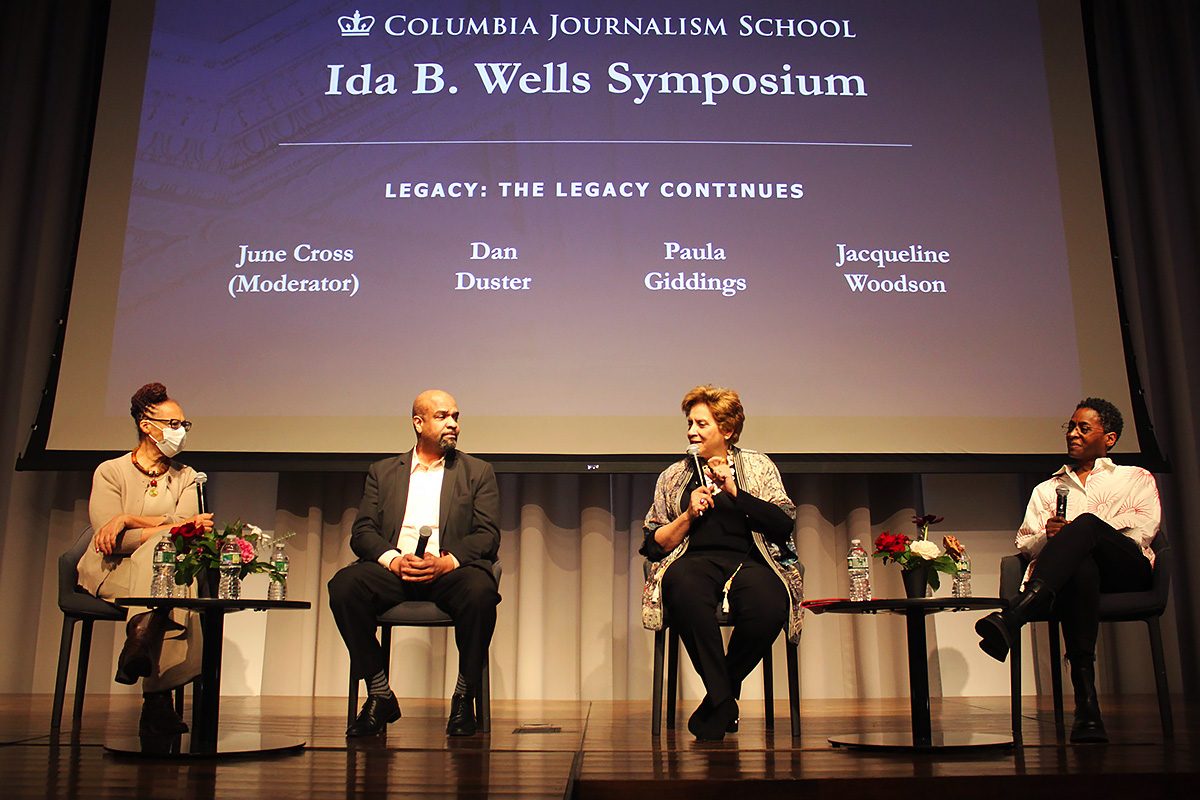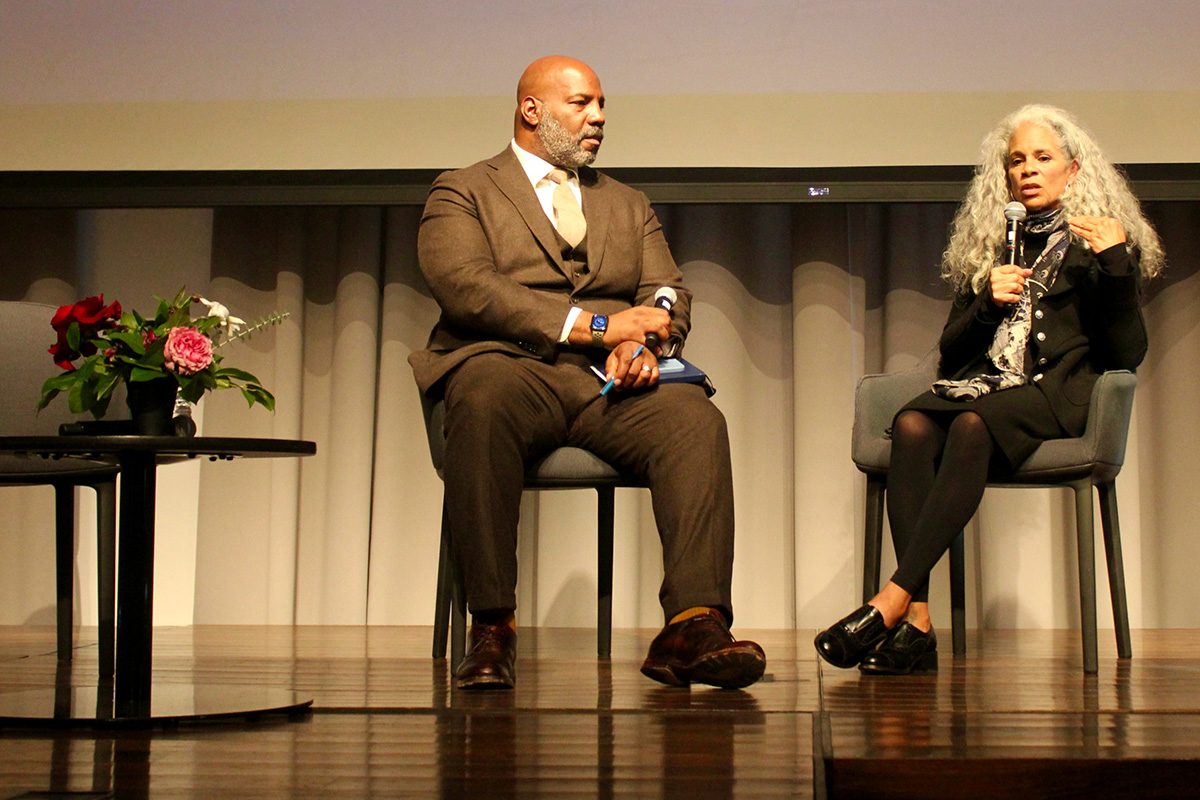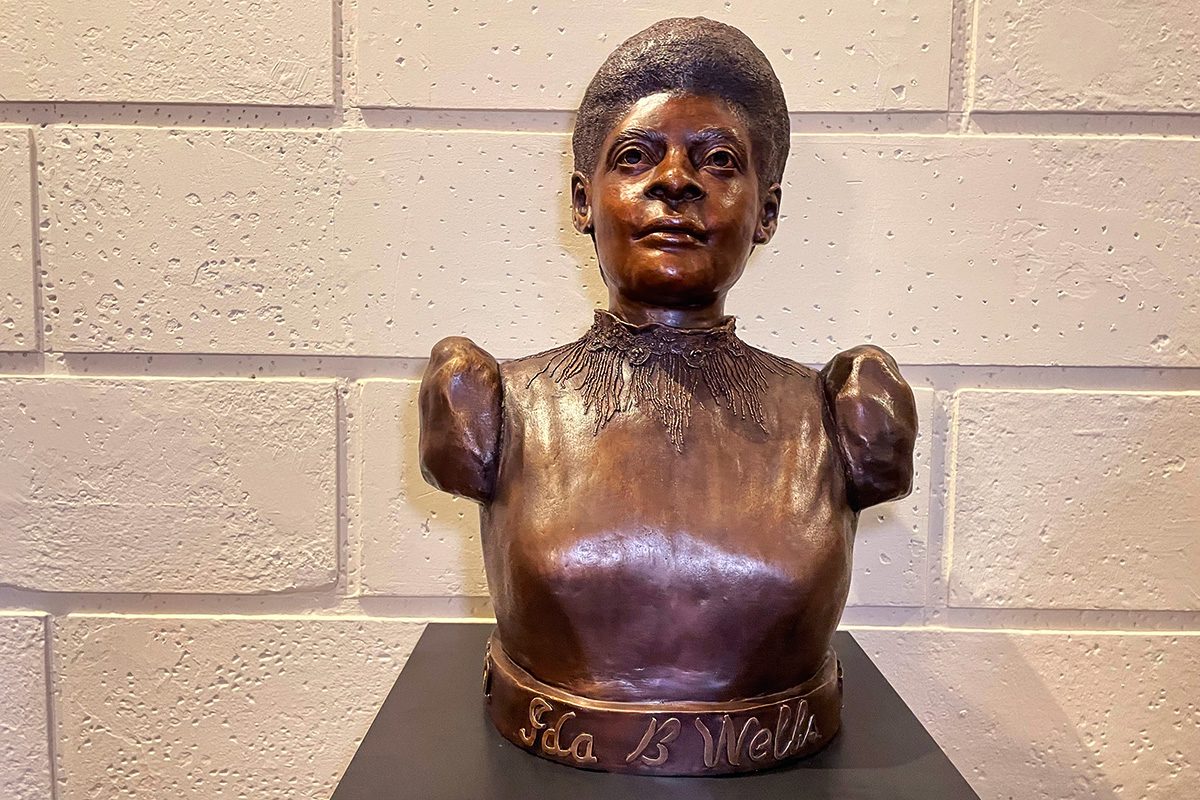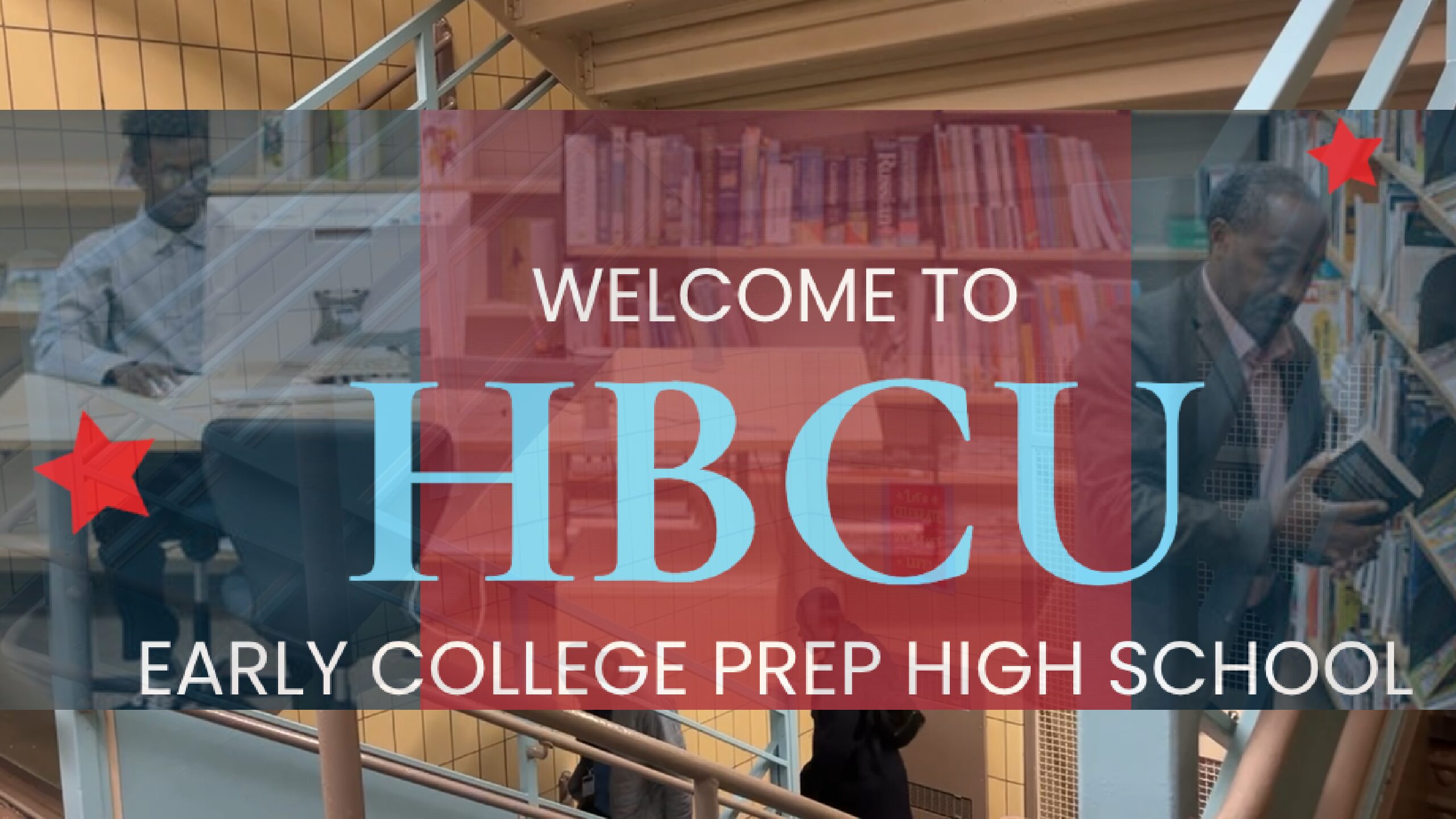By Genevieve Charles, Ashley Miller, & John E. Williams
Columbia Journalism School held The Ida B. Wells Symposium to celebrate the unveiling of a bust to honor her contributions to the journalism profession.
Wells was a journalist, educator, and activist whose investigative journalism on lynching countered the prevailing narrative while exposing her to threats on her life that forced her to leave the South.
“Media came for Ida B. Wells,” said Dr. Kimberlé W. Crenshaw, the Isidor and Sevillie Sulzbacher Professor of Law at Columbia Law School. The first panel of the symposium focused on America’s tug of war for racial equity. Investigative journalist Nikole Hannah-Jones said, “If democracy fails, it’ll be because the fourth estate has failed.” The panelists weighed in on a variety of topics: the rollback of DEI positions across companies and schools, the fight on teaching Critical Race Theory in classrooms, and the erasure of the narrative of Black women in the fight for Civil Rights.
The panel ended with Hannah-Jones acknowledging what the cost has been to Black women to fight for rights. While discussing her mental health struggles, she said, “We are sacrificing our bodies for the rest of y’all.” An alum of the Columbia Journalism School, Betty Baye, responded, “You are all saying the quiet part out loud.” Hannah-Jones ended the panel by reminding the audience that change takes time to bear fruit and that the power resides in the collective.

The next panel was on Ida B. Wells’ legacy. Despite the impact of her work, Wells was written out of the story by many of her contemporaries, according to Paula Giddings, a historian who has written a book on Wells, “Ida: A Sword Among Lions”. Other panelists included Wells’ great-grandson, Dan Duster, and Jacqueline Woodson, author and writer of a screenplay on Wells. Ida B. Wells’ contributions to journalism were enumerated by Duster: her willingness to continue reporting despite the danger to her life, her work as an investigative journalist, and starting the Negro Fellowship League, the first black settlement house. Woodson said it was a testament to the survival of black women in journalism. “We were here, doing this work and creating this work,” she said.
Dorothy Gilliam, CJS ‘61, Marquita Pool-Eckert, CJS ‘69, and MSNBC’s Joy-Ann Reid participated in the panel on Impact and “carrying the torch.” Gilliam, the first African American female reporter at the Washington Post, said carrying the torch means not being overcome by fear. Pool-Eckert, a former Senior Producer at CBS News, added it means picking up where predecessors left off. Using a track and field analogy, Reid said carrying the torch is like a 4×4 relay where each person is equally important, each person has a job, and each sets the pace in a certain way. She also said, “Carrying the torch means doing my part” and setting up others for success. Reid said that when she has gotten shows, that means that Black people who do journalism have a place to be on television.

The final panel, Iconography, featured a fireside chat between Columbia Journalism School Dean and Henry R. Luce Professor of Journalism Jelani Cobb, and bust artist Dana King. King said, “Ida B. Wells’ courage is infused in all of us,” which motivated her to create this work of art. The former television news anchor said researching Wells was essential in her creative process, and when viewers see the bust, she hopes they will see Wells’ passion, humanity, and fearlessness. “It’s my love letter to Black people,” King said in reflecting on the finished piece.

The bust was unveiled around 5:40 p.m. to great fanfare in the lobby of the Columbia Journalism School, with words of gratitude by Dean Cobb, joined by Columbia President Minouche Shafik, Dorothy Gilliam, and other dignitaries. Onlookers toasted champagne and held up phones to record and witness the historic moment, with Dean Cobb proclaiming, “to legacy, to vision, to impact, to Ida.”







